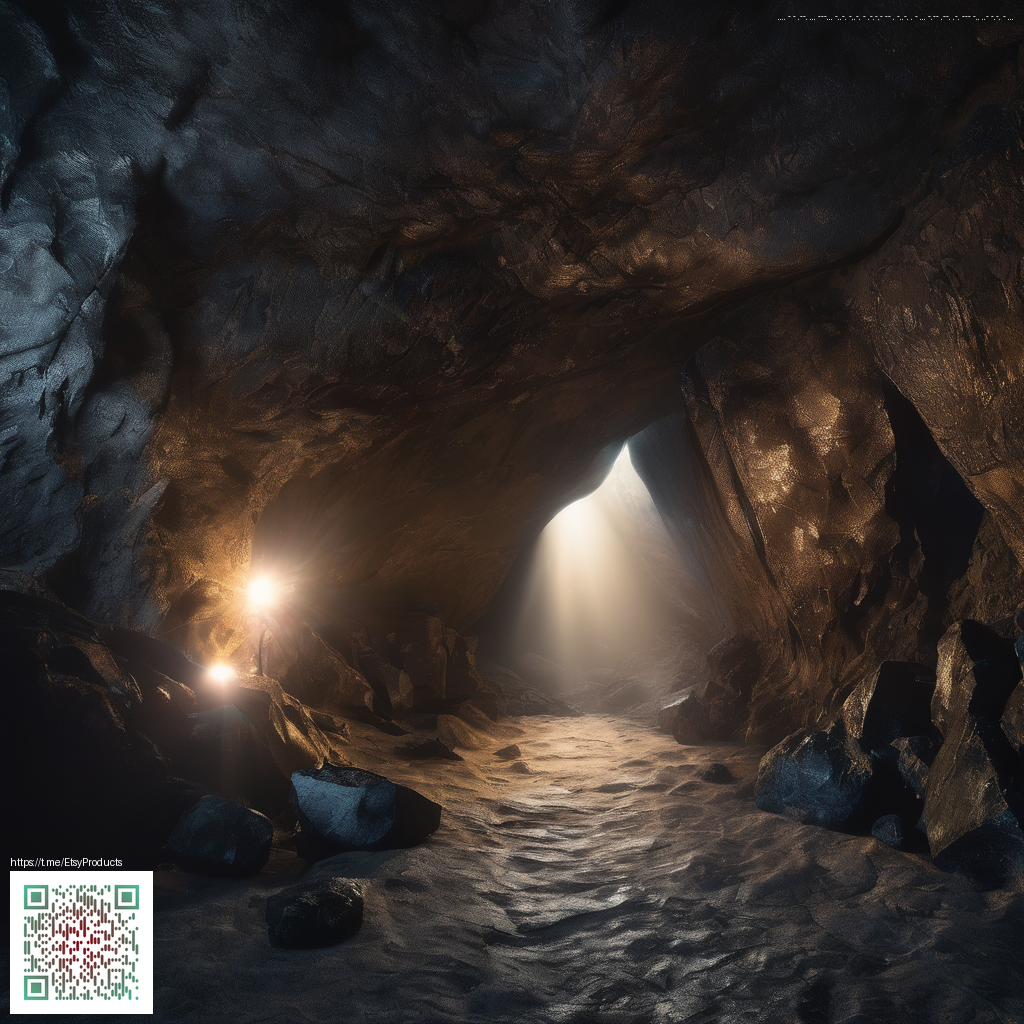
Data source: ESA Gaia DR3
Gaia DR3 and the precise mapping of a hot blue beacon in Scorpius
The history of measuring stellar distances has been a steady climb from rough sketches to precise celestial maps. Hipparcos, launched in the late 20th century, opened a new era by measuring parallaxes for tens of thousands of stars with remarkable care. Gaia DR3 continues that heritage with a leap forward in precision, depth, and breadth. In the light of that progress, a single, intensely hot blue star in the Scorpius region becomes a vivid example of how Gaia DR3 tightens the distances to stars that lie far beyond our naked-eye reach. This star is not just a datapoint—it is a sentinel that helps astronomers test models of stellar brightness, structure, and galactic placement as the Milky Way unfolds in three dimensions.
Meet Gaia DR3 4050940074803110144
In the southern sky near Scorpius, Gaia DR3 4050940074803110144 stands out as a hot, blue-tinged beacon. Its catalog entry carries the full Gaia DR3 designation, a reminder that this star is part of a vastly expanded cosmic census. With a photosphere blazing at about 31,500 K, the star glows with the unmistakable blue-white hue of very hot stars. Its Gaia magnitudes sketch a striking color profile: G ≈ 15.13, BP ≈ 16.85, RP ≈ 13.87. From those numbers, one can glimpse the star’s energy distribution: a hot star radiating strongly at shorter wavelengths, but the observed colors in Gaia’s bands are shaped by interstellar dust and the instrument’s color response as well. The star’s distance estimate isn’t derived from a direct parallax in this entry; instead, Gaia DR3 provides a distance of about 2,517 parsecs, translating to roughly 8,200 light-years from Earth. This is a vivid illustration of Gaia DR3’s robust photometric-distance approach, which harmonizes brightness, color, and extinction to triangulate its position in the Galaxy.
- Temperature (Teff): ~31,500 K — blue-white, with a spectrum dominated by high-energy photons.
- Radius: ~4.86 solar radii — larger than the Sun, indicating a star that is bright and energetic.
- Distance: ~2,517 pc — about 8,200 light-years away, placing it well within the Milky Way’s disk.
- Magnitudes: G ≈ 15.13; BP ≈ 16.85; RP ≈ 13.87 — a color profile consistent with a very hot star, influenced by the lines of sight through the Galaxy.
Those numbers tell a compelling story. The star is far beyond what the naked eye can savor on a dark night. Its apparent brightness places it among objects best studied with capable optical equipment, and its hot temperature marks it as part of the upper end of the Hertzsprung–Russell diagram—a region populated by young, massive, luminous stars. Yet Gaia DR3’s distance estimate reminds us that light has traveled across thousands of parsecs, threading through dust lanes and gravitational influences, to reach our detectors with a record of its journey.
Why this star helps illustrate Gaia DR3’s progress
Gaia DR3’s significant stride over Hipparcos lies not only in increased precision for individual measurements but also in the breadth of data that accompanies each star. For Gaia DR3 4050940074803110144, the distance is a product of models that combine color information, brightness, and extinction effects, alongside Gaia’s refined parallax data across millions of stars. While Hipparcos achieved stunning results for nearer targets, DR3 extends accuracy into the thousands to tens of thousands of light-years for many hot, luminous stars, enabling astronomers to map their distribution and to probe how such stars trace the spiral architecture of our Galaxy. This star—residing in Scorpius, a region rich with stellar nurseries and interstellar material—offers a tangible case study of how DR3 translates a raw spectrum and photometry into a three-dimensional position within the Milky Way map.
DR3’s precision is not just about better numbers; it is about better three-dimensional maps of our neighborhood.
The sky location, myth, and a data-driven story
Positioned in the southern sky, the star sits in or near Scorpius, a constellation associated with the autumn sky in many southern-hipped traditions. The enrichment summary—“A hot, blue-tinged star in the Milky Way roughly 2,517 light-years away, shining near Scorpius and echoing Scorpio’s intense, transformative energy through its distant glow”—connects the science to a poetic frame. In Greek myth, Scorpius guards the heavens, a reminder that the heavens are both physical reality and the stage for timeless storytelling. Gaia DR3 helps us read that stage with greater clarity: a distant blue behemoth, its light carrying information about temperature, size, and distance across the vast gulf of the Milky Way.
Interpreting the numbers with care
As with any astrophysical catalog, the numbers invite careful interpretation. The star’s color indices and the Teff value point toward a very hot star, yet the BP–RP color in Gaia’s photometry hints at a more nuanced story—likely influenced by extinction or calibration quirks for this spectral type. Gaia DR3’s distance estimate is valuable, but it sits within the broader context of model-based distances that complement direct parallax. These practices illustrate the balance between precise measurements and astrophysical modeling that underpins modern galactic cartography. And as observers, we can appreciate the glow of a blue-white star tens of thousands of light-years away—an astronomical lighthouse whose measured distance anchors our understanding of a far-flung corner of the Milky Way. 🌟
Take the next step in your celestial journey
For readers eager to explore beyond the page, Gaia’s data offer a living, evolving map of the Milky Way. Delve into the catalog, compare parallax and photometric distances, and watch the three-dimensional sky bloom with every updated release. If you enjoy turning online observations into tangible desk setups, the item below can add a touch of practical comfort to your stargazing workflow.
Data source: ESA Gaia DR3
This star, though unnamed in human records, is one among billions charted by ESA’s Gaia mission. Each article in this collection brings visibility to the silent majority of our galaxy — stars known only by their light.